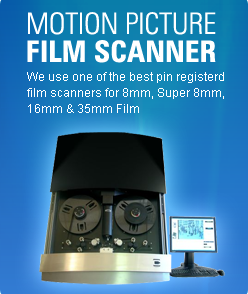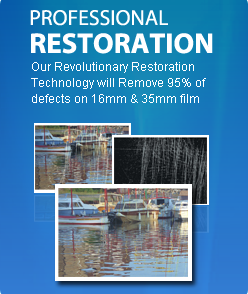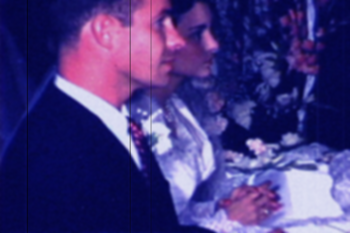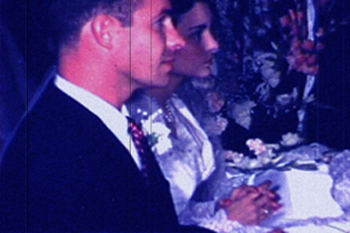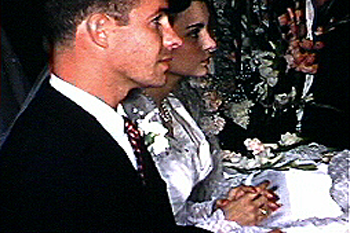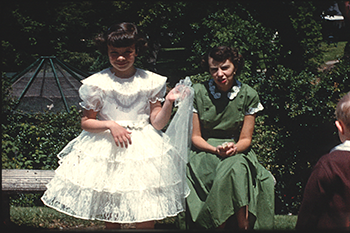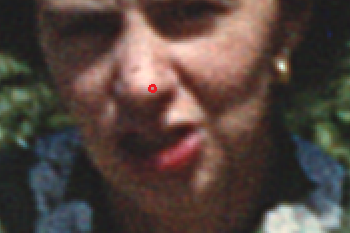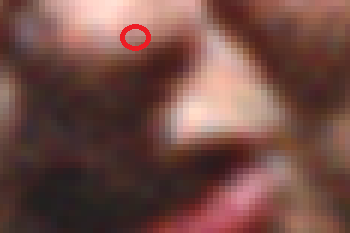
The first table shows how the same film looks using our 4 different processes. You can see that the difference can be significant for our Gresham customers.
The second table presents a case for scanning 8mm and Super 8 film at 2K resolution. In the past year we have done 20 comparisons. Contrary to popular belief, we do see a noticeable difference in quality between our Pro HD and Pro 2K process on 8mm and Super 8 film.
8mm And Super 8 Film Gresham |
|
SD Scan
|
|
Pro HD Scan
|
|
Pro 2K Scan
|
|
Pro 4K Scan
|
|
Film Resolution |
|
Resolution of Film |
|
Film Grain
|
|
Film Grain vs Digital Pixel
|
|
So, for example, if you are looking for the best quality DVD, scan your 8mm or Super 8 at HD. If you are looking to go to BluRay then scan your 8mm or Super 8 at 2K.
Gresham Fun Facts: The residents could not establish the city until they had a post office and a postal code. To help his community, one of the local store owners allowed his store to serve as the post office in 1884. Gresham was incorporated in 1905. The municipality was named in tribute to Postmaster General Walter Quinton Gresham.
Oregon Fun Facts: Oregon was officially admitted to the union as a state on February 14th, 1859. Today, Portland, Oregon’s largest city, is considered one of the top cities in the nation in terms of quality of life, and the state is also known as one of the nation’s top producers of wine, boasting over 300 wineries. Following exploration by the Spanish and French, in the 17th and 18th centuries, Oregon was mapped by the Lewis and Clark expedition in their search for the Northwest Passage. Starting in the 1830s, many groups of pioneers travelled to the state on the famous Oregon Trail, and the U.S.
